
7 Best Photo Ops in the West
Take fantastic photos at these top spots in the western U.S.

For decades as a photojournalist, I’ve enjoyed seeking out the best views in the West. These top seven sites, with their natural and cultural beauty, remind us of why we travel. Fortunately, taking stunning photos has never been easier. You can bring a professional camera and tripod, if you wish, but they’re certainly not required. Today’s cell phone cameras are so high quality that you can shoot just about anything without worrying about settings or lugging around equipment.
1. The Golden Gate Bridge from the Marin Headlands in California
Marin's green hills, the iconic orange bridge, and blue water combine to create striking images. Cross the Golden Gate Bridge out of San Francisco, follow exit 442 to the right, then turn left under the roadway to climb Conzelman Road. Three choice outlooks await. First is Battery Spencer, a WWII gun emplacement that allows you to walk close to the North Tower. Second is the midway stop with the famous view. Finally, continue up to the roundabout and turn left for a panoramic perspective of the bay, bridge, and city skyline. All three turnouts have limited parking and are less crowded on weekdays. Go in the spring and fall to avoid the dense summer fog that can envelope the area.

2. Yosemite Valley from Tunnel View in California
An elevated perspective from Tunnel View offers a stunning look at Yosemite Valley. Every season presents a changing tableau, from deep-green forests in summer to the dazzling snowscape of winter. Leave Yosemite Valley on Southside Drive at Wawona Road, and pull into the parking turnout before the road disappears into the Wawona Tunnel. Early morning and dusk are ideal for dramatic photos with the light hitting Half Dome and El Capitan.
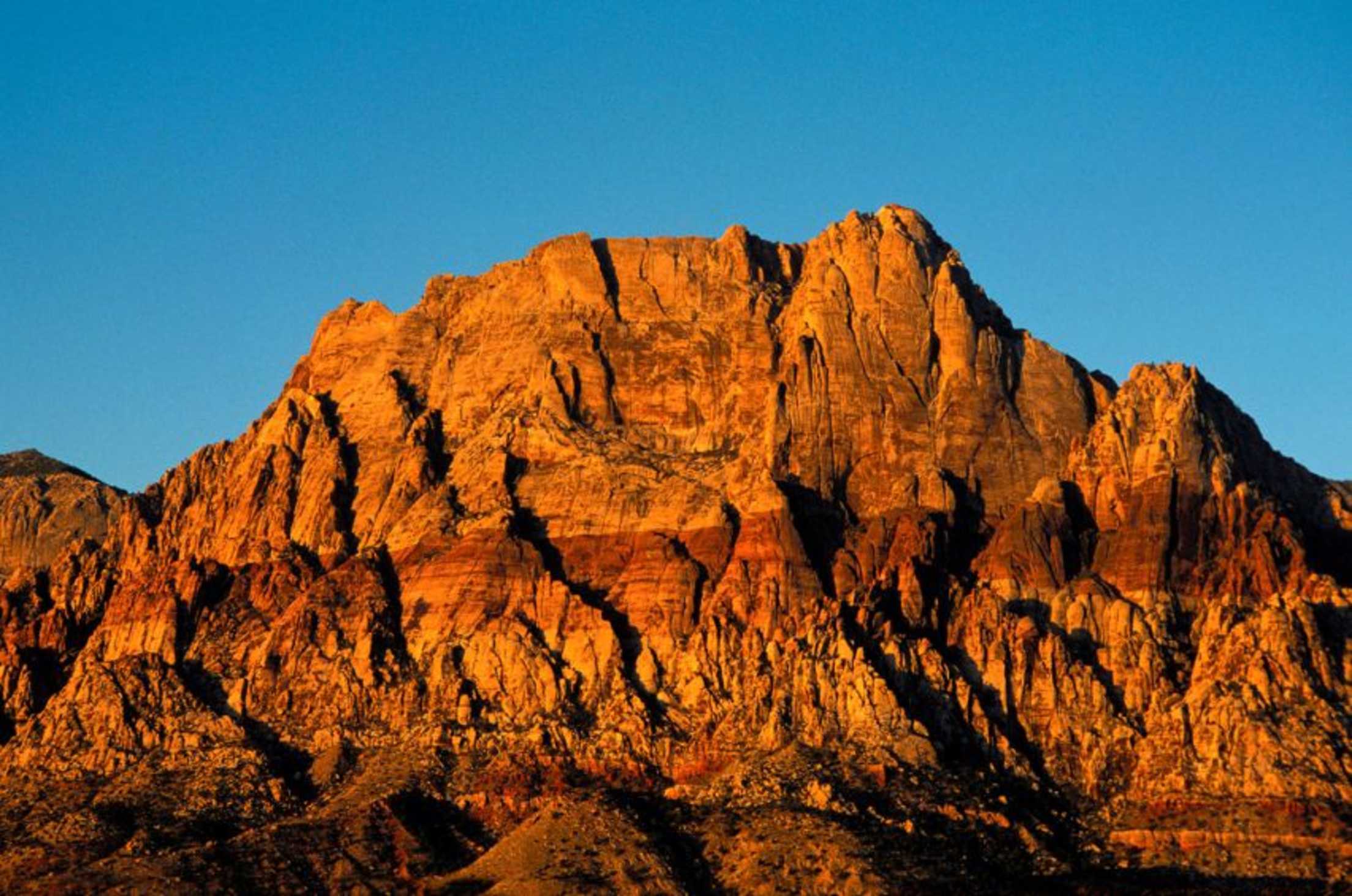
3. Colors of Red Rock Canyon National Conservation Area in Nevada
The beauty of the red iron-oxide bands in the rock formations a half hour west of Las Vegas attracts many photographers. Take the 13-mile, one-way loop road to see the sights. Stop at the Willow Springs parking lot for an easy 1.5-mile hike with views of the steep mountains and an occasional desert bighorn sheep. Summer heat may keep you close to your air-conditioned car, but turnouts such as Dale’s View will lure you out to capture the striking red bands in the white stone. In spring, wildflowers such as white yucca ornament the rock formations for beautiful detail shots.
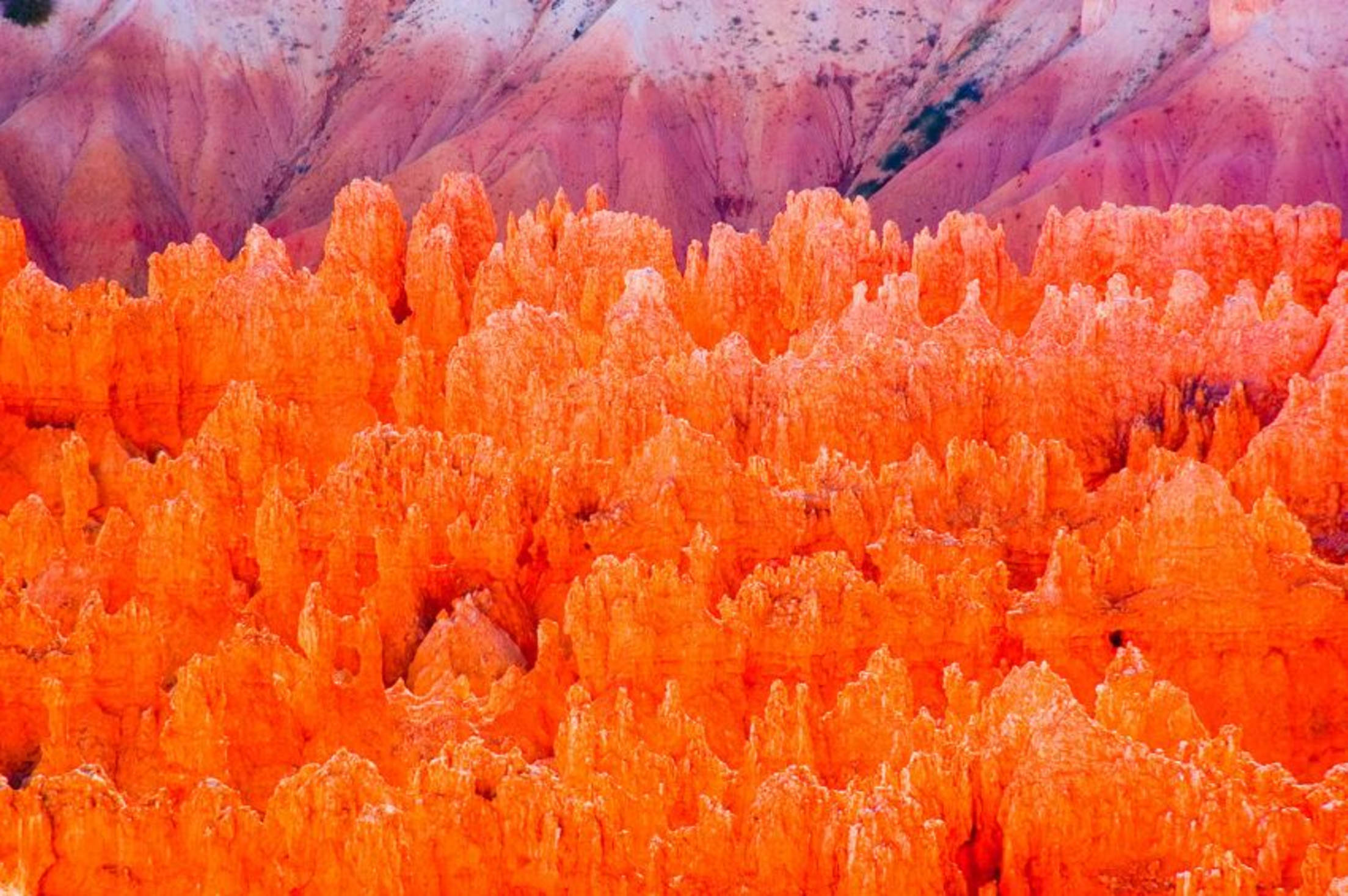
4. Hoodoos at Bryce Canyon National Park in Utah
It’s impossible to point to just one of the thousands of tall hoodoos—the odd-shaped pillars of rock left standing after the adjacent terrain has washed away—to photograph in this park. Take Highway 63, the single 18-mile road in and out of the park that runs south from Highway 12, and explore its many scenic turnouts. One of the best is Inspiration Point, where you look out on thousands of hoodoos. The hour before sunset is especially spectacular as the pink and red spires seem to glow, but dawn also casts an ethereal light.
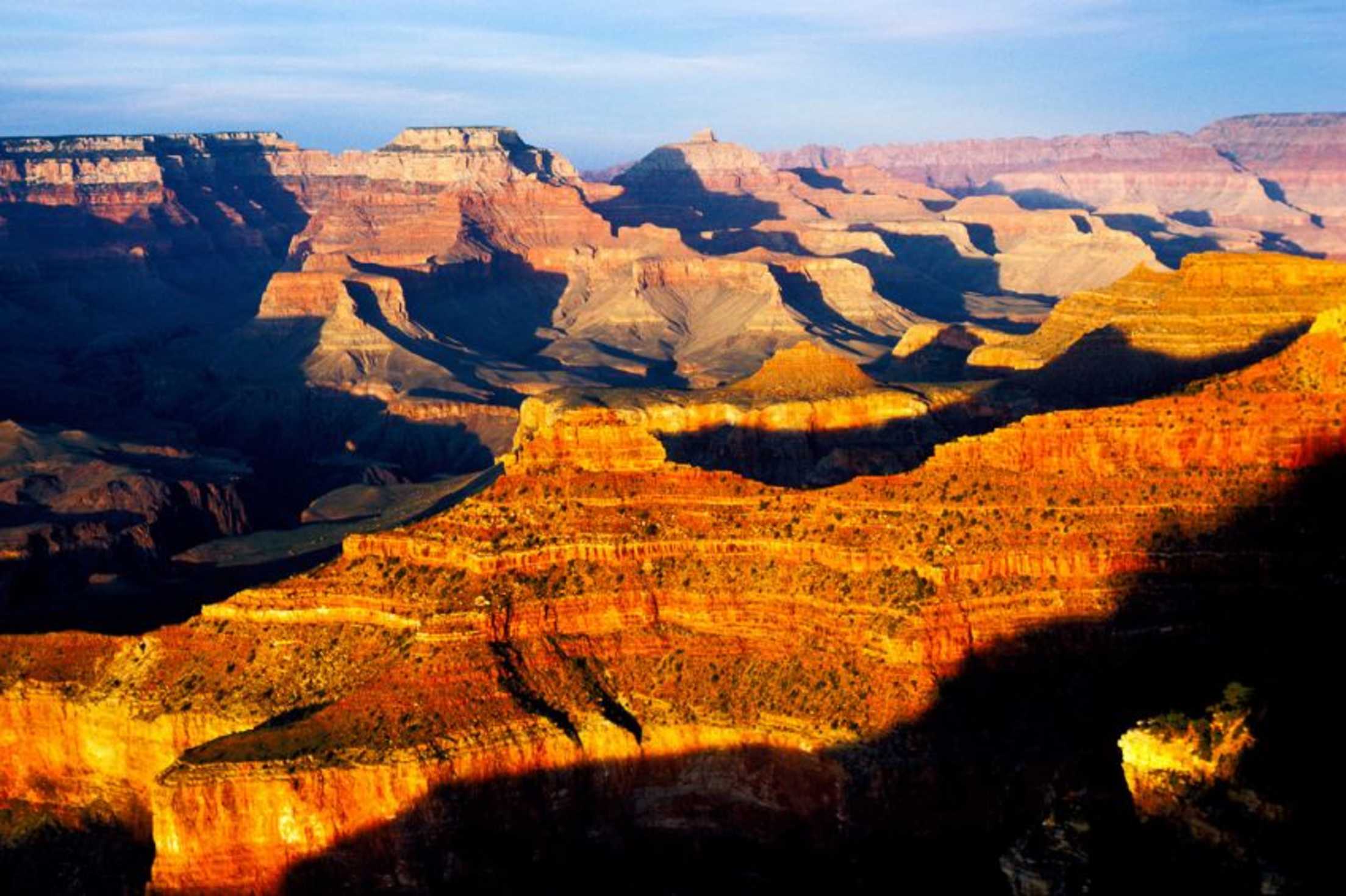
5. The Grand Canyon from the South Rim in Arizona
The Grand Canyon is a photographer’s dream. A mile deep, up to 18 miles wide, and 277 miles long, this cherished landscape is Arizona’s pride. Arrive at the South Rim and take Desert View Drive. Don’t miss the panoramic glory of Yavapai Point and the subtle color palette of Moran Point along the way. The Grand Canyon is so vast that the moving sun can change the look and feel of your shots and alter what you see. Dawn and dusk are muted and luscious, while the hard, angular light of midday penetrates deep into the canyon.
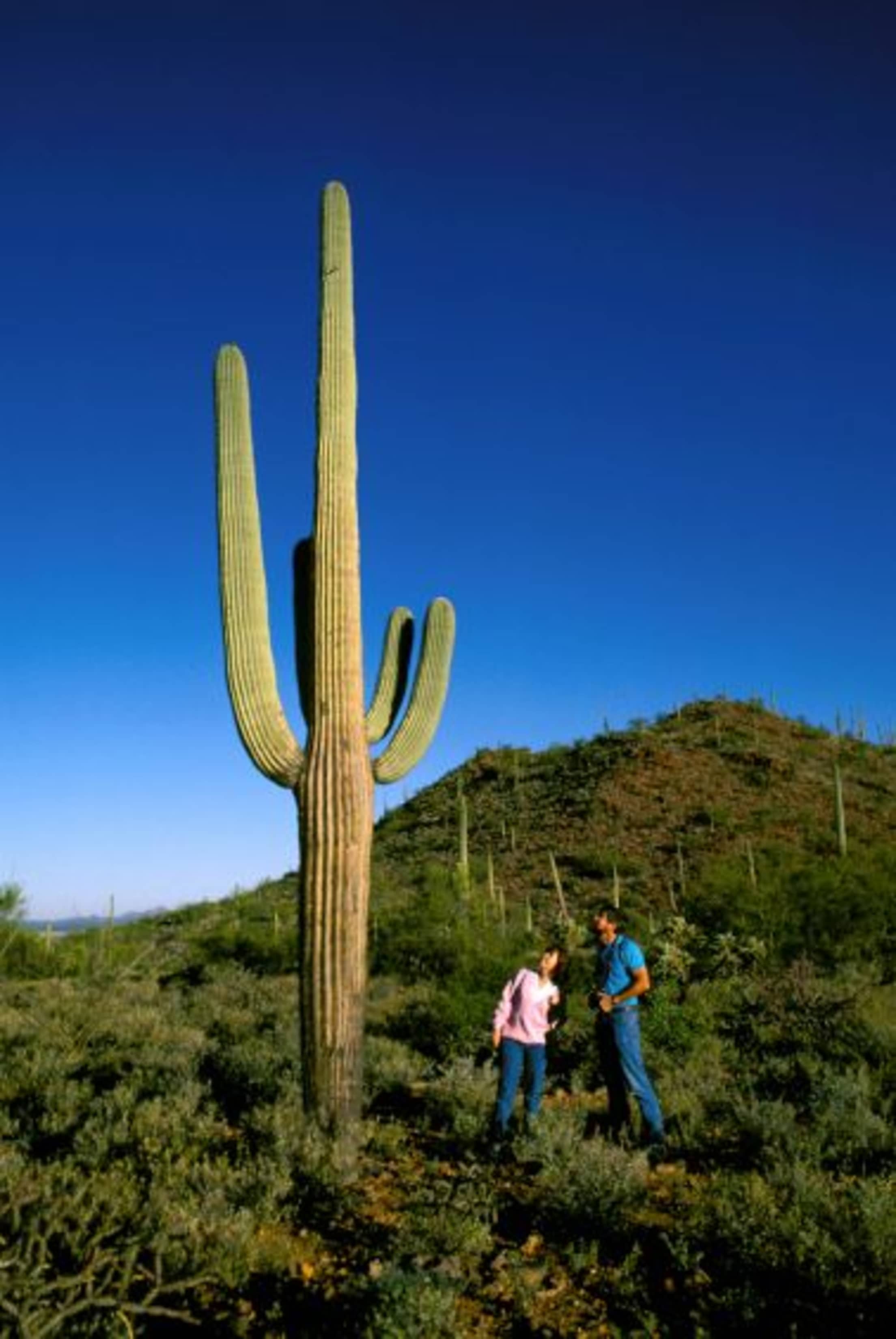
6. The Giant Saguaro Cactus Forest in Arizona
Saguaro National Park preserves a pristine giant saguaro cactus forest near Tucson. Drive through the park with your camera ready to capture these enormous plants with their outstretched arms. Saguaros live 200 years and rise up to 40 feet, encouraging you to take vertical photos of the cactus against the desert sky. They are especially lovely May through June when their white flowers bloom. The park has two districts, both worth a drive. The eastern Rincon Mountain District features a paved 8-mile loop through the Cactus Forest. On the west side, the Tucson Mountain District has a rugged road that’s better suited for SUVs, but the Valley View Overlook is worth the rougher ride.
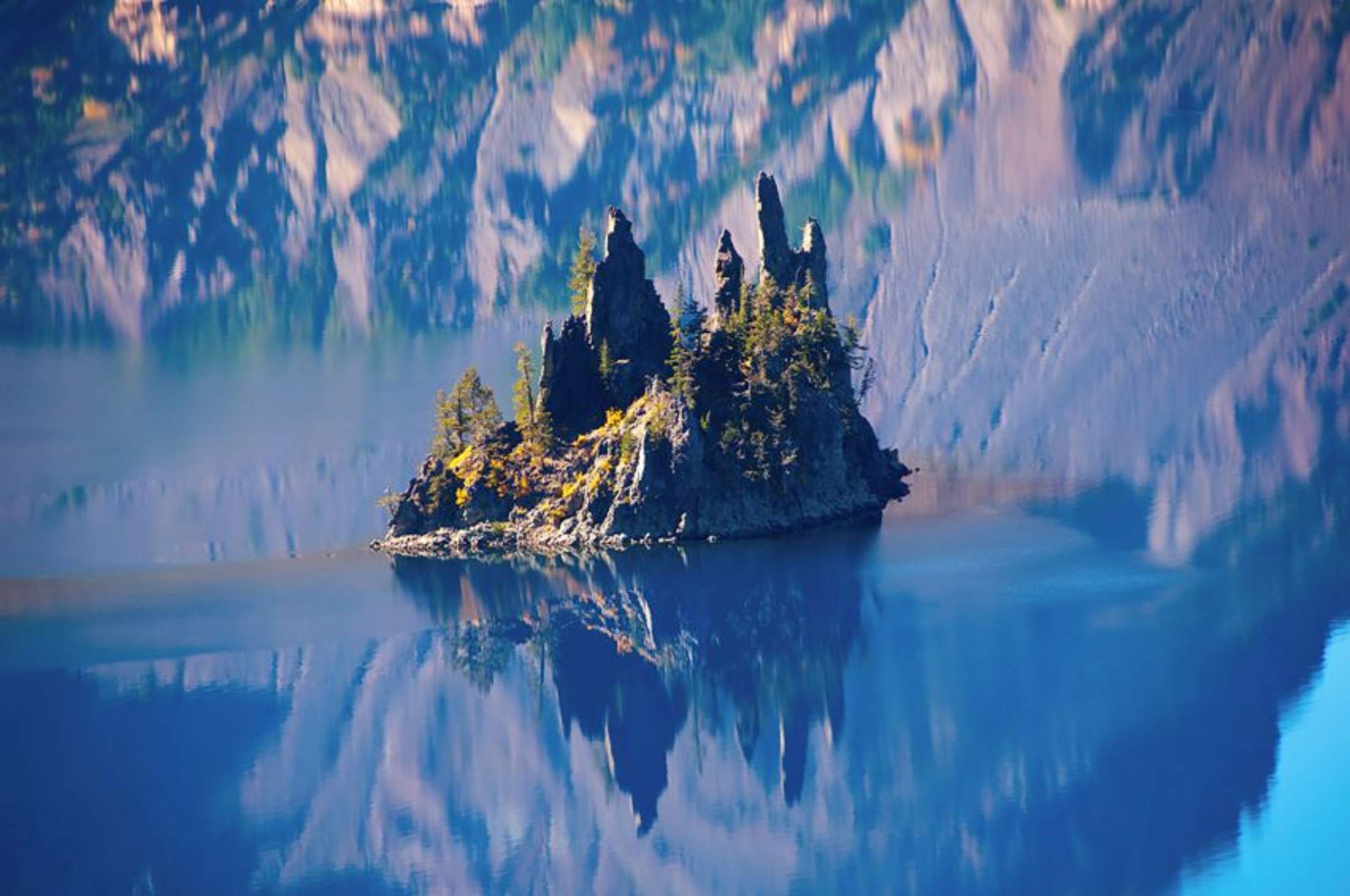
7. Mysterious Islands at Crater Lake National Park in Oregon
Capture the eerie serenity and cobalt blue water that remains more than 7,700 years after Mount Mazama’s explosive eruption. As you follow Rim Drive around the deepest lake in the U.S., the lyrical islands become beguiling subjects. One of the first stops, the Watchman Overlook, reveals Wizard Island. Or stop at the Phantom Ship Overlook for a close-up of the small rock formation named after its physical likeness to a ghost ship. The blue early-morning light on Crater Lake or the golden glow just before sunset make unforgettable prints.